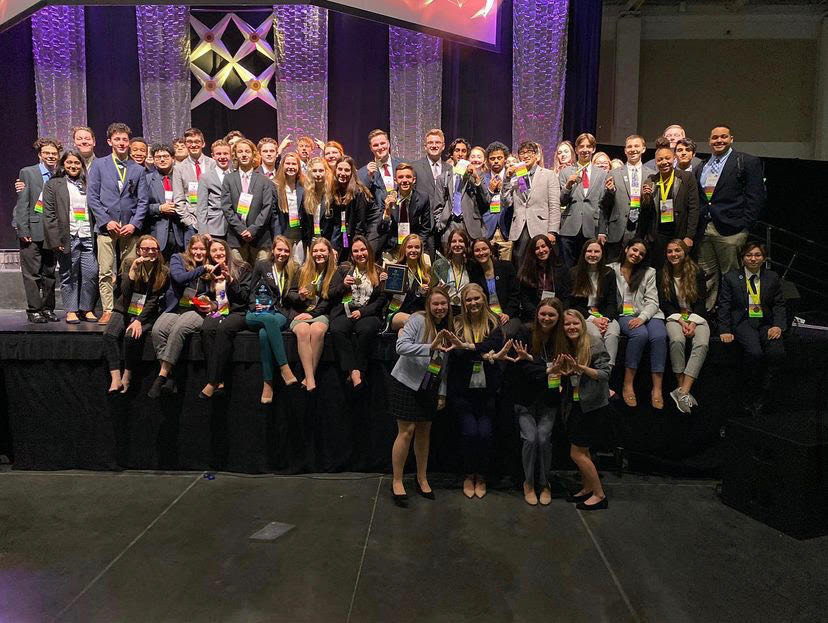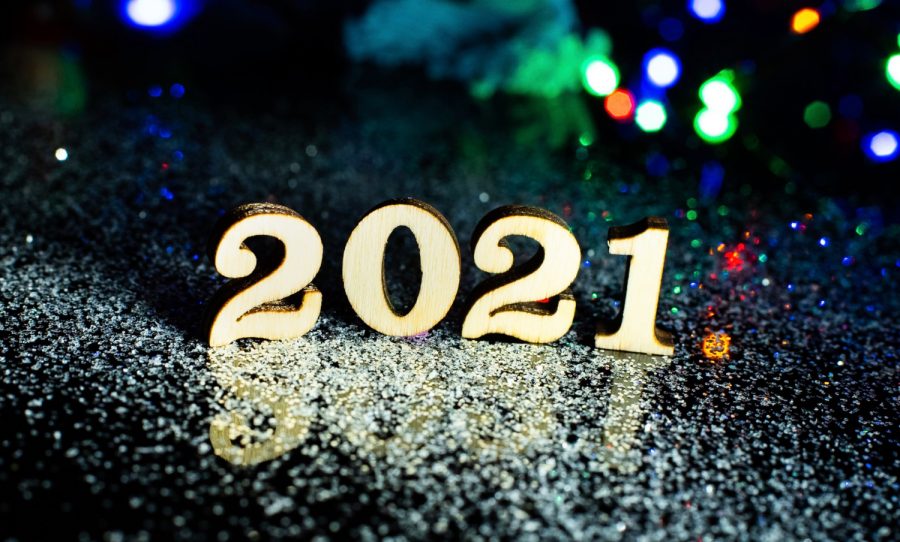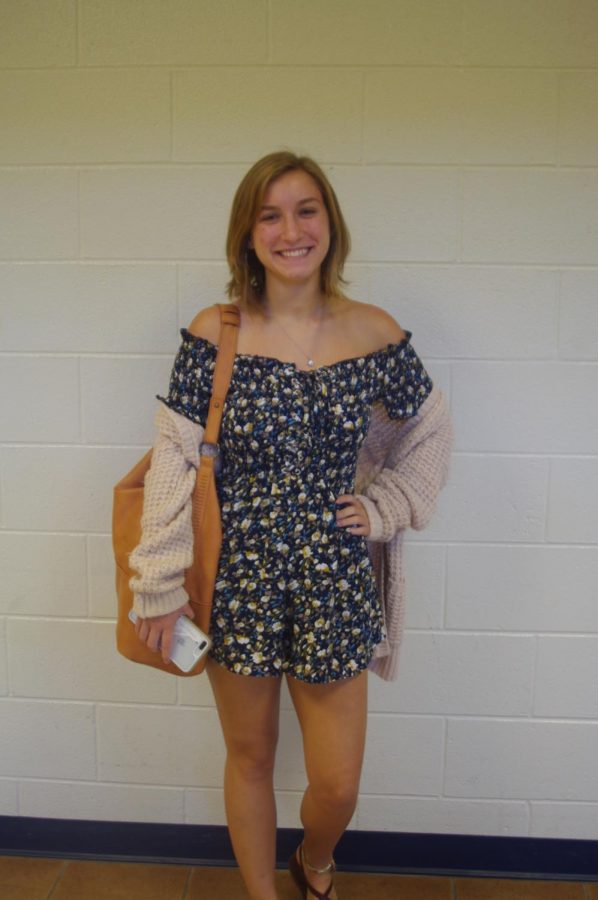From ChatGPT to Grammarly to AI art generators, artificial intelligence is no longer just a sci-fi concept, It’s become a daily tool for many students at Riverbend. Whether it’s helping with writing essays, checking spelling, or solving math problems, AI has quickly become a powerful classroom companion. But with great power comes great responsibility…and controversy.
Since OpenAI launched ChatGPT in late 2022, usage of AI tools among students has exploded. According to the Digital Education Council, a global survey in 2024 was made showcasing that 86% of students already incorporate AI into their studies with 54% of students utilising AI on a weekly basis.
As I went around asking students at Riverbend about their AI habits, every single one of them claimed they’ve used an AI generating program to help with school work at least once.
“I use it often to help with assignments,” said Kate Ramsey, a senior. “But sometimes even when I don’t use it, my teachers are accusing me of using it.”
Kate isn’t alone. As AI-generated writing becomes harder to detect, some students say they feel unfairly suspected, even when they’re doing the work themselves. It’s adding a new layer of tension between students and teachers.
“I’ve used it, but I don’t think it’s good,” said Noell Clark, a sophomore. “It negatively impacts the planet.”
Noell is referring to the environmental cost of running large-scale AI models, which consume significant amounts of energy. It’s a concern that’s been raised by scientists and tech ethicists and now, even high school students are starting to take notice.
There’s been a noticeable gap in investigations on how these ethical issues of AI contribute to student’s over-reliance on AI systems, and how this over-reliance can affect student’s cognitive abilities. Over-reliance occurs when students accept the AI generated response with no questions asked. This leads to error in task performance in the context of decision making. This growing dependence raises concerns about its impact on creativity, critical thinking, overall academic performance, and long-term career prospects.
Creativity is the cornerstone of learning, enabling students to think independently. Yet, when AI is used to generate five page essays or solve simple math problems, students bypass the creative and learning process entirely. Over time, this over-reliance can stifle a student’s ability to develop their own voice, a skill that enhances critical engagement.
The ability to read and write is most fundamental to educational success, and a dependency on AI can undermine even these skills.
As AI continues to evolve and integrate into classrooms, the challenge isn’t whether we use it, but how we use it responsibly. It’s up to both educators and students to strike a balance; embracing the advantages of AI without letting it replace the thinking, creativity, and effort that real learning requires. The future of education will be shaped not just by technology, but by the choices we make in using it.




